Finding a place to unfurl
Existing outside of where we live and where we work, ‘third spaces’ allow us to be a version of ourselves untethered to responsibilities and ideals. The founder of third place theory also refers to them as ‘levelling spaces’, where we can all arrive equal.
As Australian cities grow and culture adapts, people are living in smaller spaces with less room to stretch out and relax in private. We need to seek out peace in creative ways, carving out time and space for ourselves to unwind in.
Your ‘third space’ might be a park, cafe, theatre, a stretch of grass or bench seat where you like to pause and watch the world. Author and pleasure coach Euphemia Russell talks about the increasing need to find environments that allow us to be “messy, imperfect and playful.”
The idea that we can ‘bring our whole self to work’ denies that we have many selves and they need certain conditions to be comfortable. Our inner child, for one, often disappears in formal settings, where we need to maintain a sense of authority or expertise. But if we only occupy places that allow us to be our most productive persona, what are missing out on?
It might be nice to take stock and ask ourselves – where do we feel silly, tender, creative, gentle? Compiling a mental list of places that inspire serendipity and awe is a meditation in itself.
A Western Australian architect says that public art galleries are more important than ever “not just as cultural leaders and advocates but also as places for gathering, reflection, storytelling, pleasure and community.”
Places of worship used to commonly play this role. Philosopher Simone Weil described the act of prayer as “absolutely unmixed attention”. Housed in quiet, expansive interiors, prayer also offered an opportunity to slow down, relax the muscles and focus ones thoughts.
While this may present differently for many of us now, the importance of taking time for ritual has not disappeared. “Attention is the rarest and purest form of generosity,” said Weil, “Attention, taken to its highest degree, is the same thing as prayer.”
The bathhouse was designed to be a place where people can slow down, focus and connect with themselves. It’s a space for tired bodies, for anyone who needs to soak, receive some therapeutic touch or scrub off their week. It’s a ‘third space’ for communal wellbeing.
Words by Hannah Bambra.
Further reading
Shared wellness spaces as community cultivators, Frame Magazine
Simone Weil on Attention and Grace, brain pickings
The city of today is a dying thing, Des Fitzgerald
Can we rest tonight in the amnesia of pleasure, Shannon May Powell

